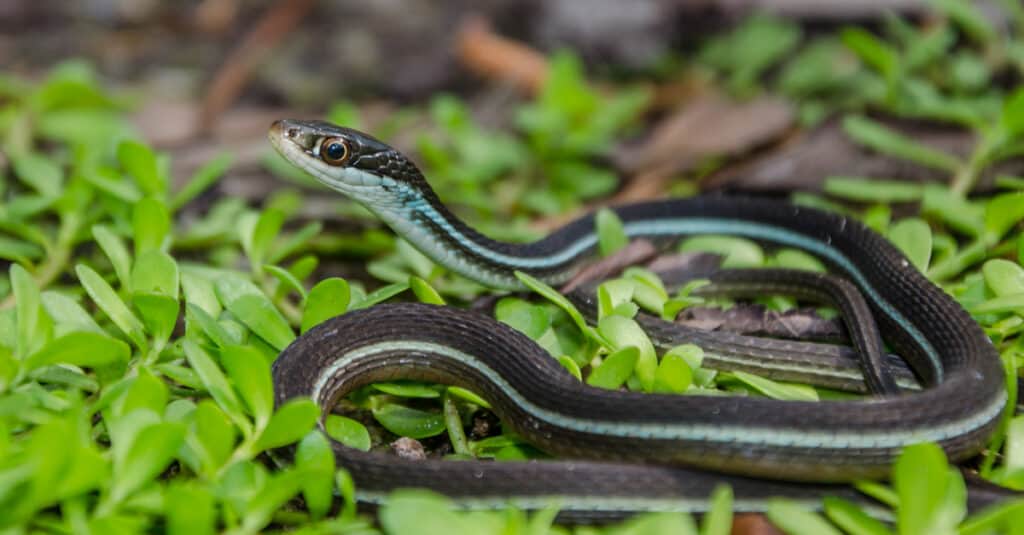Introduction
When it concerns poisonous serpents, Australia is home to some of the most fascinating and dangerous species in the world. Amongst these, the Tiger Snake stands apart not only for its powerful venom however likewise for its appealing actions. Recognizing the habits of poisonous snakes like the Tiger Serpent is vital for both wildlife lovers and those residing in areas where these serpents exist. This short article looks into various elements of Tiger Serpent behavior, habitat, identification, safety measures, and emergency treatment methods in instance of a serpent bite.
Understanding the Habits of Venomous Snakes Like the Tiger Snake
The Tiger Snake, medically known as Notechis scutatus, is infamous for its aggressive nature when intimidated. These serpents show a series of actions that can be quite various from their non-venomous equivalents.
Characteristics of Tiger Snakes
The Tiger Snake is conveniently recognizable due to its distinctive bands or stripes that appear like a tiger's markings. They can vary in color from yellowish-brown to dark olive or black. This coloration offers not just as camouflage however also as a warning signal to prospective predators.
Adaptability to Environment
One amazing aspect of their habits is their adaptability to different environments. Found mostly in seaside regions, marshes, and marshes throughout Australia and Tasmania, they can prosper in varied environments consisting of city locations.
Hunting Techniques
Tiger Snakes are ambush predators mostly Common tree snake bite - skillstrainingcollege.com.au feeding upon fish, frogs, and small creatures. They have keen sight and an intense feeling of odor which helps them in locating victim effectively.
Venom Composition
Their venom contains neurotoxins that affect the nervous system, resulting in paralysis or fatality in smaller animals. For people, immediate medical focus is critical after a tiger serpent bite as a result of its potentially deadly effects.
Natural Environment of Tiger Snakes
Preferred Locations
Understanding where these serpents live sheds light how to treat snake bite first aid on their behavior patterns. The tiger serpent habitat consists of:
- Coastal regions Swamps Grasslands Urban locations with bountiful water sources
Seasonal Movements
During warmer months, Tiger Snakes are more active as they bask in sunlight or search for food. On the other hand, colder months see them pulling back into hibernation sites.

Are Tiger Snakes Venomous?
Yes! The concern "are tiger snakes poisonous?" usually occurs amongst those unfamiliar with this types. Their venom is taken into consideration one of the most dangerous amongst all snake types worldwide.
Symptoms of a Tiger Serpent Bite
If bitten by a tiger snake, signs and symptoms might consist of:
- Localized pain Swelling at the bite site Nausea and vomiting Sweating and confusion
Immediate medical assistance is vital as neglected attacks can bring about extreme wellness issues and even death.
First Aid for Serpent Bites: Quick Reaction Guide
Knowing how to administer emergency treatment for a serpent bite can conserve a person's life. Right here's what you ought to do:
Step 1: Remain Calm
Keeping calmness helps slow down heart rate which minimizes venom spread.

Step 2: Paralyze the Impacted Area
Keep the impacted limb still and below heart degree if possible.
Step 3: Call Emergency Services
Always seek expert medical aid instantly after a snake bite.
First Help for Serpent Bite Set Essentials
A well-appointed snake bite first aid kit ought to consist of:

- A compression bandage Antiseptic wipes A set of scissors A cold pack
Safety Safety measures: Avoiding Snake Bites in Australia
Awareness Programs
Educating areas regarding local serpent varieties and their habits can substantially decrease experiences resulting in bites.
Avoiding Unsafe Areas
Staying away from long grass throughout warmer months minimizes contact with serpents that might be resting or hunting.
Common Misunderstandings Regarding Tiger Snakes
Many people believe misconceptions regarding the behaviors of tiger serpents cause unneeded fear. Below are some explanations:
Eastern Brown Snake
Myth 1: All Tigers Are Aggressive
Not all tiger serpents will show aggressiveness if left undisturbed; lots of favor taking off rather than confrontation.
Myth 2: They Chase Humans
Tiger snakes do not proactively go after humans; they might strike when they really feel threatened but will typically retreat if given space.
Conservation Efforts Connected to Venomous Snakes
Conservation initiatives concentrate on informing areas regarding protecting local wild animals while lessening human-snake interactions.
Importance of Ecosystems
Understanding that venomous snakes play a necessary duty in preserving environmental equilibrium helps foster admiration instead of fear in the direction of them.
FAQs Regarding Tiger Snakes
What must I do if I come across a tiger snake?- Maintain range and slowly back away without sudden movements.
- While attacks aren't very usual because of recognition efforts, they still happen every year within Australia.
- Baby tiger serpents can deliver full doses of poison regardless of being smaller sized; for this reason care is advised around them.
- They mostly consume frogs, fish, tiny animals like rats, and other reptiles.
- It's illegal in most territories without appropriate licensing due to security worries regarding their venom.
- Wear sturdy boots and stay on marked tracks; look before putting hands or feet into hidden rooms like rocks or logs.
Conclusion
Understanding the habits of poisonous serpents like the Tiger Serpent not only boosts our understanding yet likewise advertises safety awareness amongst those living near their habitats. From acknowledging their qualities, comprehending first aid procedures following a bite, via involving conservation efforts-- every element plays a crucial role in fostering coexistence with these interesting reptiles while respecting their location within our ecosystem.
As we strengthen our understanding through education and learning and experience, we add favorably towards making sure both human safety and wild animals conservation-- benefitting all celebrations involved!